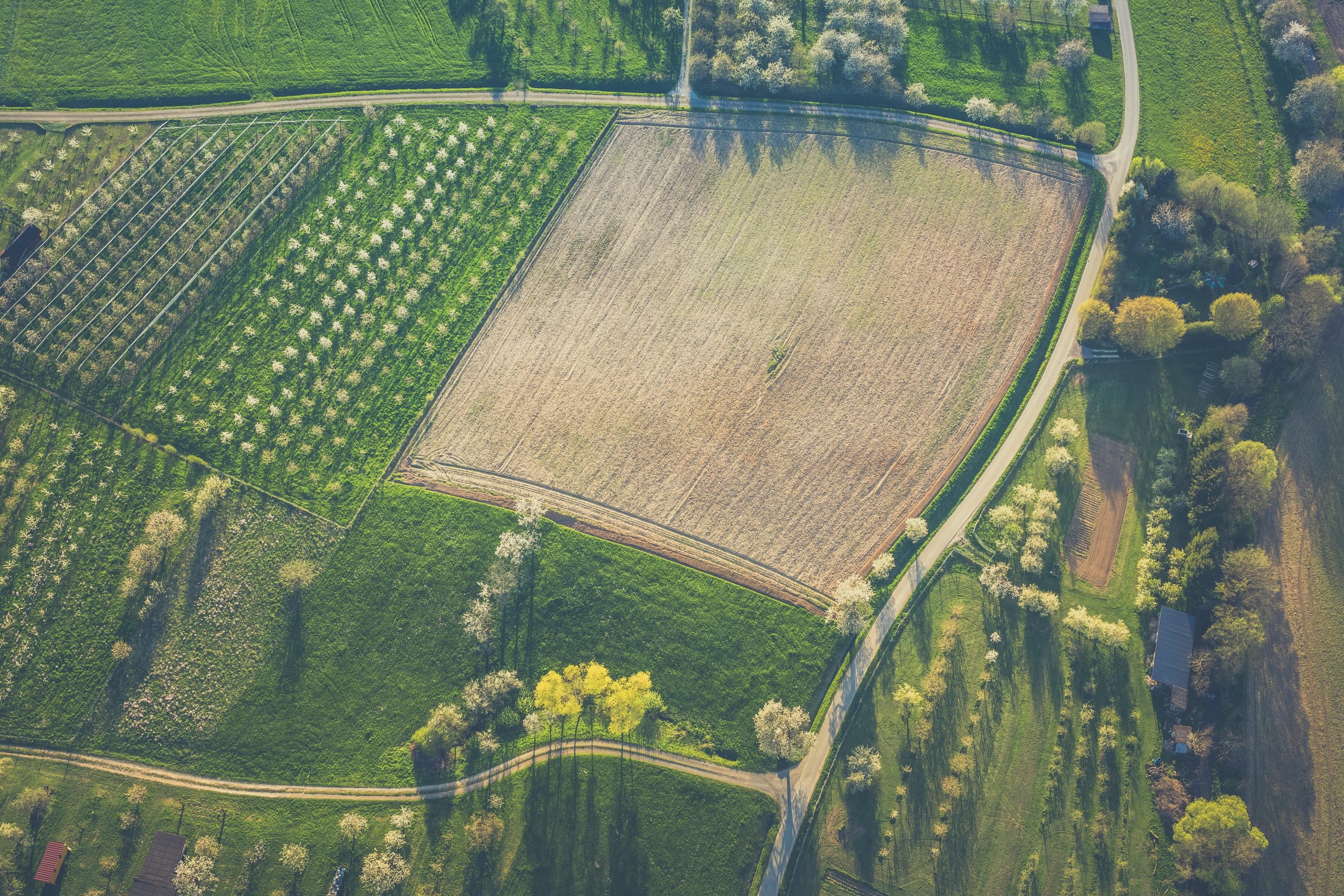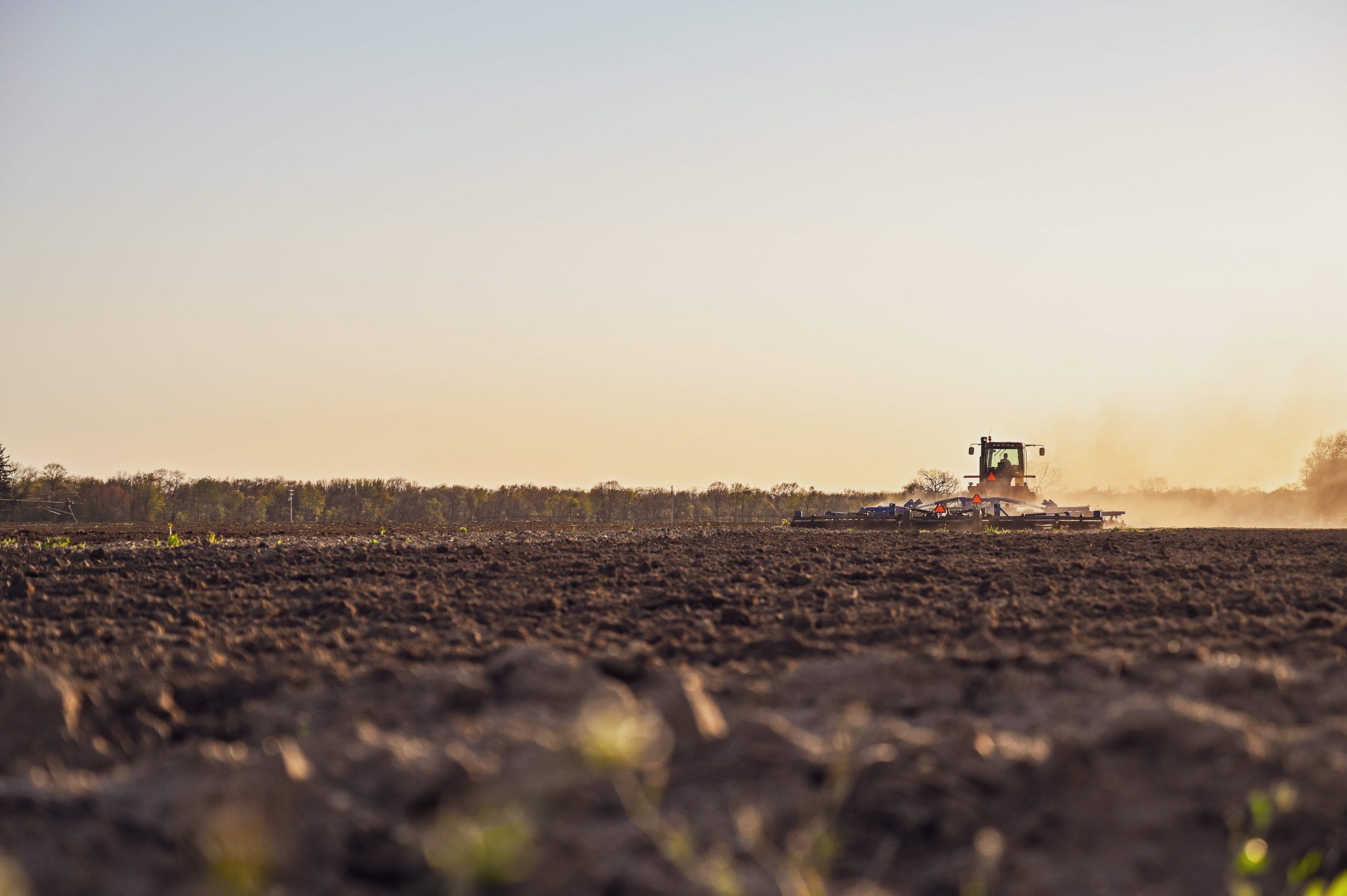Harness Nature’s Best
Elevate Your Farming with Conservation Planning
Conservation planning is a detailed roadmap designed by the U.S. Department of Agriculture to help farmers transition to organic, environmentally-friendly practices. With NRCS grants, this shift is not only feasible but also beneficial. Embrace this strategy, optimize your farm’s potential, and champion a sustainable future.
How Does Conservation Planning Work?
An Overview
Conservation planning starts with detailed maps, highlighting what’s called Planning Land Units (PLUs). These are unique areas on your farm with a common land use. The maps show everything from general locations and boundaries to specific land-use designations. They even pinpoint sensitive resources, ensuring you know where extra care is needed.
With your map in hand, it’s time to dive deeper. This means reviewing soil test results to understand your land’s health and noting down details about your crops. If you have livestock, you’ll also look at how you store manure and other details. Every piece of information, whether it’s about nutrients or pesticides, plays a role in shaping your plan.
Conservation planning is a step-by-step journey. It starts by pinpointing natural resource challenges on your farm. Using the U.S. Department of Agriculture’s guidelines, you’ll set clear objectives, focusing on practices like managing crop rotations and optimizing soil health. As you implement, adjustments might be needed based on new findings. This approach ensures both immediate benefits and long-term sustainability for your farm.
Conservation Planning
The Why
At its core, conservation planning is about making the most of what you have. With the NRCS’s detailed maps, you can see your farm’s potential. For instance, by identifying Planning Land Units (PLUs), you can optimize land use, ensuring areas prone to erosion are protected, while fertile zones are maximized for crop yield.
The financial benefits are tangible. By reviewing soil test results, you can pinpoint exactly where to invest in soil improvement, saving costs on unnecessary fertilizers. Safe manure storage practices, as recommended, can prevent potential fines and protect water sources, ensuring you’re not spending extra on water purification for your livestock.
Beyond immediate gains, the NRCS program prepares you for the future. Facing unpredictable weather patterns? The guidelines offer strategies to build resilience against droughts or excessive rains. Wanting to tap into the organic market? The conservation plan sets you on the path to organic certification. With the NRCS’s conservation planning, you’re not just farming; you’re future-proofing your livelihood.
Resources
Dive deeper into conservation planning with these handpicked resources from the NRCS. Whether you’re just starting out or looking to refine your approach, these documents offer valuable insights to enhance your farming practices.




